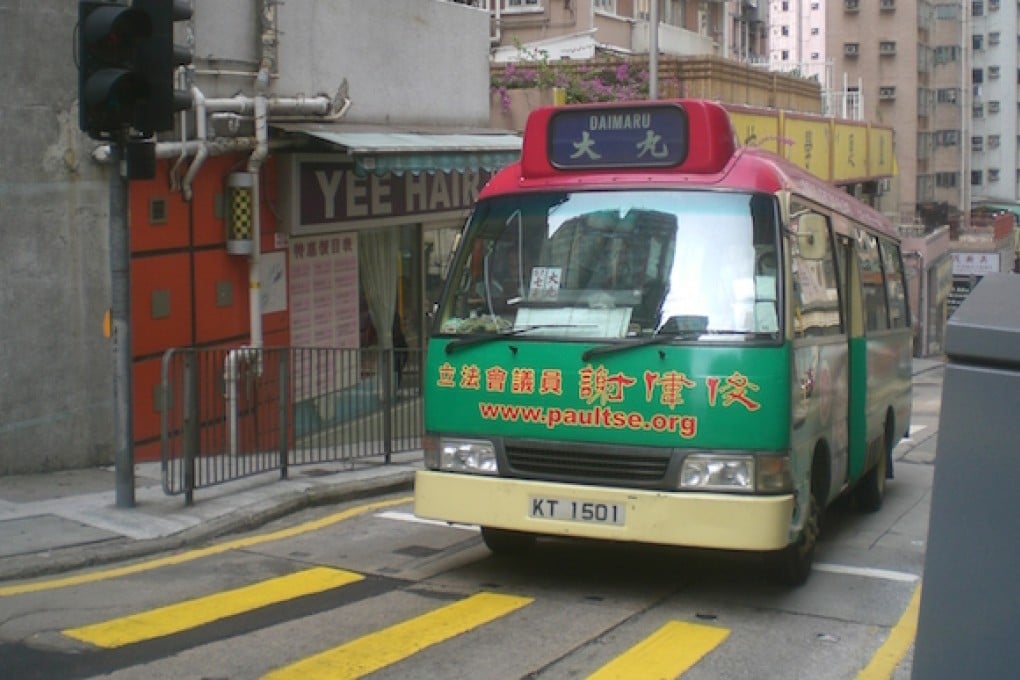What Should I Do on Victory Against Japanese Aggression Day?

Dear Mr. Know-It-All,
Happy surprise holiday! What are you doing on our September 3 day off? – Victor Vacation
This September 3 is a one-off holiday that’s been passed down from China. It is officially the “70th anniversary day of the victory of the Chinese people’s war of resistance against Japanese aggression.”
There’s nothing wrong with a holiday. But a day to commemorate victory over a nationality in a 70-year-old war smacks more of politics than celebration, doesn’t it? Yes, the “Three Years and Eight Months” of Japanese occupation in World War II were a hard, hard time for Hong Kong. But that’s not how we should be thinking of the Japanese influence on Hong Kong. Japan didn’t leave its biggest mark with the occupation: It left it in the form of retail therapy.
The Japanese economic miracle after World War II surged its economy forwards, and with the rise of its high-tech export markets Japanese products developed the connotations they still have today: reliable, efficient, affordable. Everything from the pocket calculator to the quartz watch to the rice cooker was a Japanese invention.
In November 1960, the Daimaru Department Store opened in Causeway Bay and changed the way Hongkongers shopped forever. Local stores such as Sincere and Wing On had paved the way, while China-backed department stores sold shonky mainland products. But Japanese stores boomed because they targeted the emerging upper-middle class, selling luxury Japan-made goods. Through the 70s and 80s Hongkongers became increasingly image conscious, and buying Japanese goods was a significant indicator of class and means. Soon Japanese department stores held some 80 percent of the market.
But it wasn’t to last. In 1997 two factors combined to push these stores out of Hong Kong. One was the Asian financial crisis, which hit the stores’ parent companies hard. The other was the old story of skyrocketing rents. Speculators cashed in ahead of the Handover and stores just couldn’t afford to stay open. Yaohan in New Town Plaza, Matsuzakaya in Causeway Bay and even Daimaru were forced to close between 1997 and 1998. One store after another lost their dominance in the face of ever-increasing numbers of shopping malls.
Of course, there are a few legacies of those Japanese stores that survive to this day. Bargain chain Jusco has become Aeon, its $12 stores dotted all over the city. Then there’s the mighty Sogo. The parent company went bust in 2000 but the store was bought by a group of Hong Kong businessmen and stands proud still, looming above its iconic intersection. Meanwhile Daimaru, the city’s first Japanese department store, lives on in the red minibus from Kennedy Town which still displays “Daimaru” on its destination plaque, 17 years after the store closed.
It’s all fitting, really. Hong Kong may have risen thanks to its free market, but in many ways Hongkongers’ lives improved because they had access to Japanese goods. That’s what’s worth commemorating.
So what am I doing on September 3? I’ll get on the Daimaru minibus to Causeway Bay, where I’ll eat a bowl of ramen and go shopping in Sogo, to remember that we shouldn’t celebrate victory over others: We should celebrate what they’ve given our city.